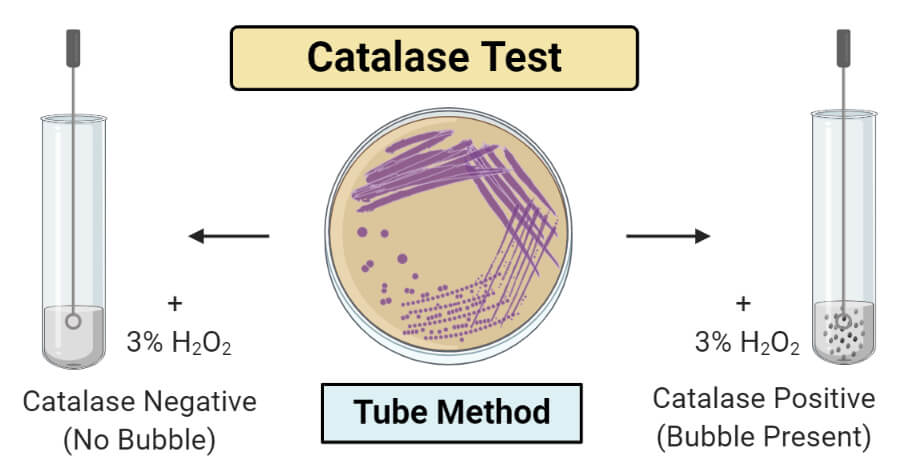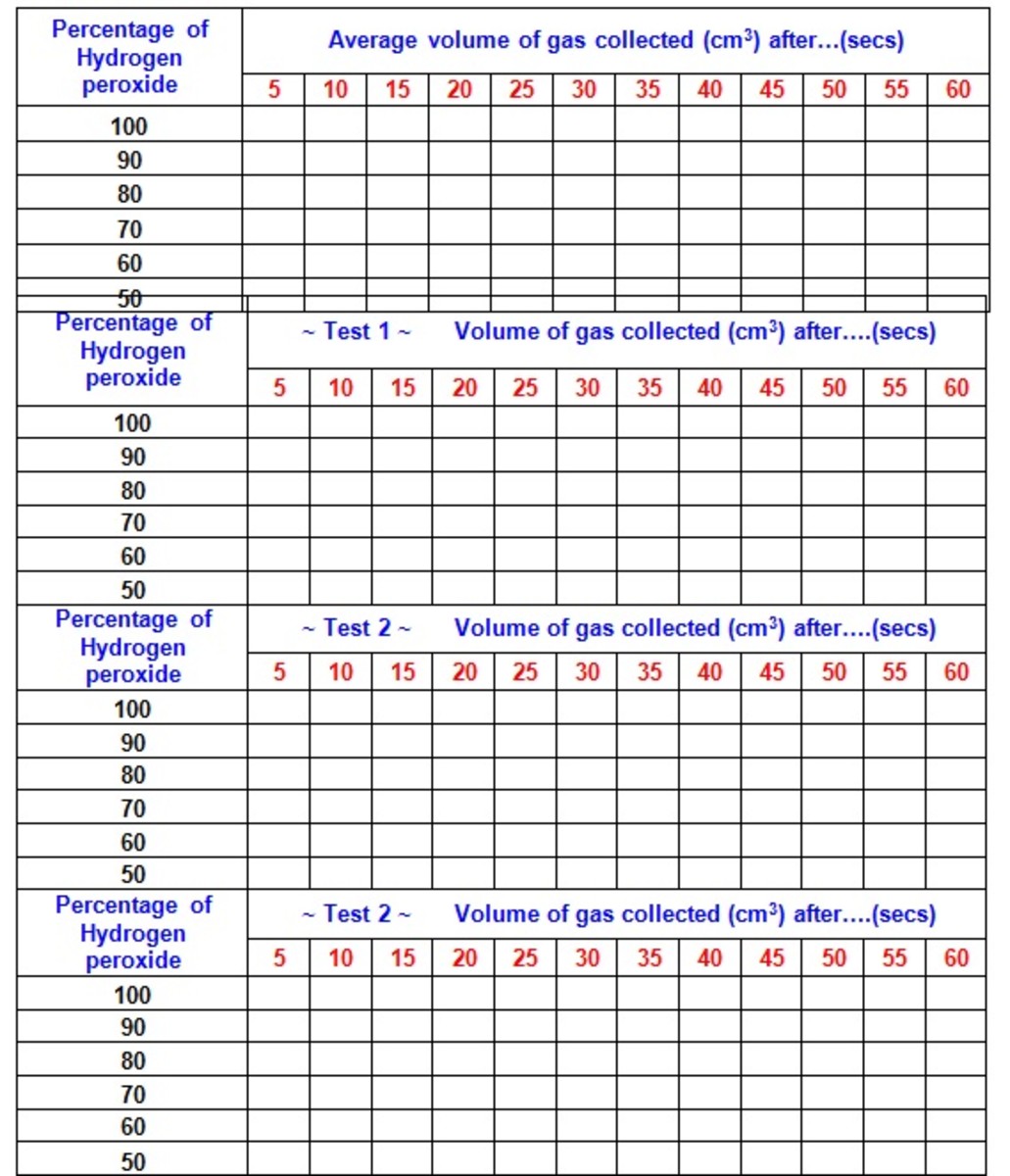Hydrogen peroxide is a chemical compound that is often used as a disinfectant due to its ability to kill bacteria and viruses. However, hydrogen peroxide can also be harmful to cells, as it can cause oxidative damage to proteins and DNA. To protect cells from the harmful effects of hydrogen peroxide, many organisms, including humans, produce an enzyme called catalase.
Catalase is an enzyme that catalyzes the breakdown of hydrogen peroxide into water and oxygen. This reaction is important because it helps to prevent hydrogen peroxide from accumulating in cells and causing damage. The activity of catalase is dependent on the concentration of hydrogen peroxide, with higher concentrations of hydrogen peroxide leading to increased enzyme activity.
To study the effect of hydrogen peroxide concentration on catalase activity, a simple experiment can be performed using potato slices as the source of catalase. To begin, potato slices are cut and placed into test tubes containing different concentrations of hydrogen peroxide. The test tubes are then sealed and placed in a water bath at 37 degrees Celsius to mimic the temperature of the human body.
After a set amount of time, the amount of oxygen produced by the reaction can be measured using a gas pressure sensor or by collecting the gas in a graduated cylinder. The results can then be plotted on a graph to show the relationship between hydrogen peroxide concentration and catalase activity.
One potential outcome of this experiment is that as the concentration of hydrogen peroxide increases, the activity of catalase also increases. This relationship may be described by a linear or exponential curve, depending on the specific enzymes and substrates being studied.
In addition to studying the effect of hydrogen peroxide concentration on catalase activity, this experiment can also be used to investigate other variables that may affect enzyme activity, such as temperature and pH. By altering these variables and repeating the experiment, researchers can gain a better understanding of the factors that influence enzyme activity and how enzymes can be used to catalyze reactions in different biological and industrial settings.
In conclusion, the concentration of hydrogen peroxide can have a significant impact on the activity of catalase, an enzyme that plays a vital role in protecting cells from oxidative damage. By conducting experiments to study the relationship between hydrogen peroxide concentration and catalase activity, researchers can gain insights into the mechanisms of enzyme action and how enzymes can be used to catalyze reactions in a variety of settings.






